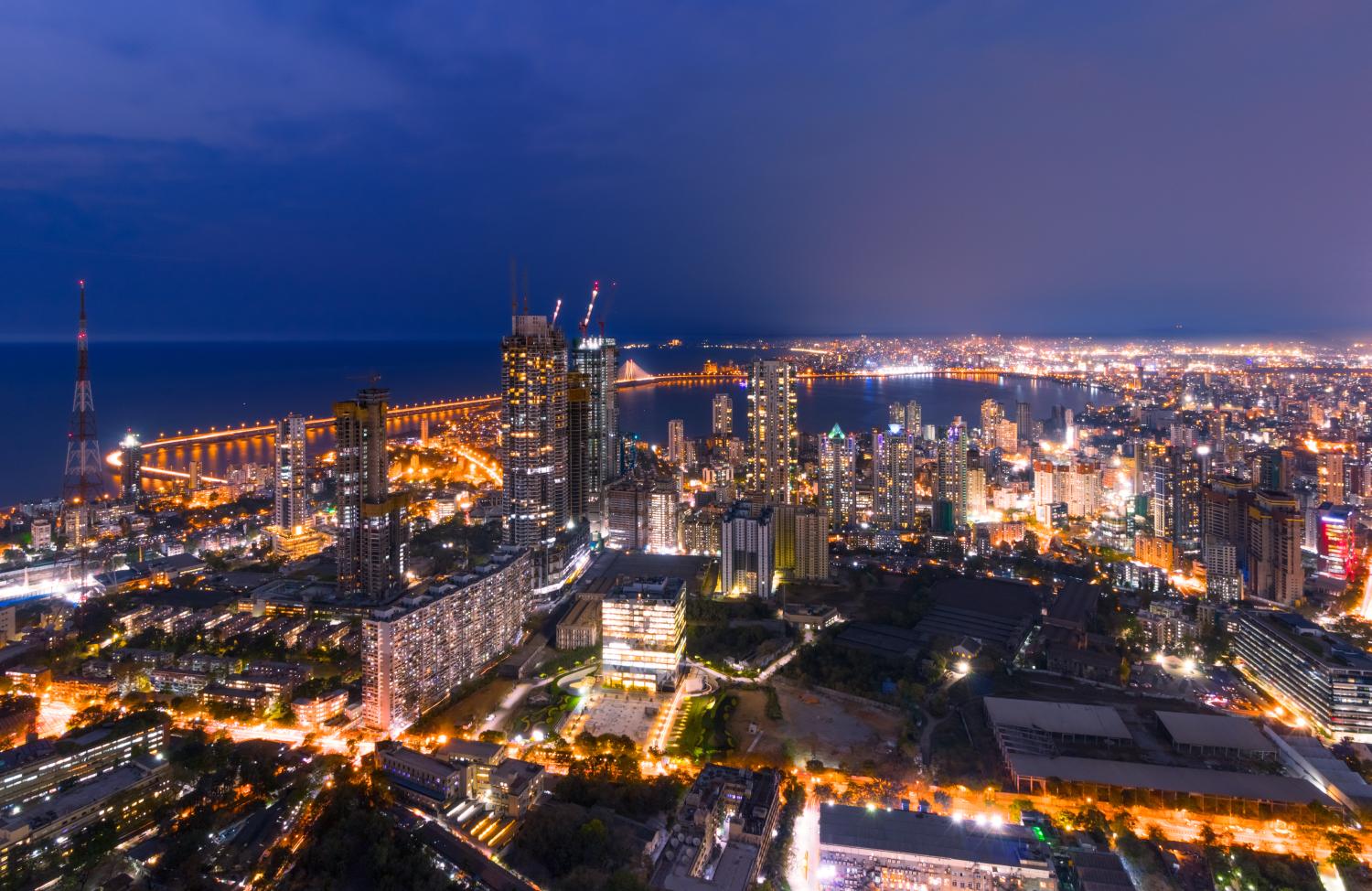Content from the Brookings Institution India Center is now archived. After seven years of an impactful partnership, as of September 11, 2020, Brookings India is now the Centre for Social and Economic Progress, an independent public policy institution based in India.
Despite the thrust on transforming electricity supply, India’s per capita electricity consumption remains amongst the lowest in the world, with vast latent demand and high room for efficiency. More recently, electricity demand has witnessed unprecedented slowdown, which is likely a cyclical than a long-term phenomenon. This study aims to deep dive into what will constitute future electricity demand, unpack the changing nature of structural dependencies, and tackle the inherent uncertainties associated with such exercises.
Despite the thrust on transforming electricity supply, India’s per capita electricity consumption remains amongst the lowest in the world, with vast latent demand and high room for efficiency.
Due to its capital intensive and public good nature, electricity supply in India is highly regulated, where policies and plans have focused around creating adequate supply capacity and reserves to generate and sell power. With high coal dependence and planned capacity expansion in variable renewable energy, and major electricity sector ‘reforms’ on the anvil, granular analysis of possible electricity demand future is the need of the hour, a gap that this study aims to fill. Aside from the more immediate issues of supply planning, such a study directly feeds into concerns around access, energy security and environmental sustainability.
Electricity demand depends on a number of variables, some with deep uncertainty into the future. This is especially true for India, with multiple perspectives on future GDP growth rates, demographics, role of manufacturing, household-level access and electrification of service demands such as cooking and mobility (railways, electric vehicles, etc.). This study delves into the application-wise end use from all consuming sectors as categorised by the Ministry of Power, with special focus on the aforementioned aspects of transition. It includes both grid-based as well as industrial captive demand in the future which enhances visibility from the perspective of supply planning.
Electricity demand depends on a number of variables, some with deep uncertainty into the future. This is especially true for India, with multiple perspectives on future GDP growth rates, demographics, role of manufacturing, household-level access and electrification of service demands such as cooking and mobility.
The base and terminal years for the analysis are 2015 and 2030. This is because 2015 is the most recent year for available data on disaggregated official baseline, and 2030 fits with a number of strategic objectives, including India’s climate change commitments. The sectoral analysis maps the impact of future growth and economic value-added, its implications for service (end-use) demands, and application-wise policies and technology choices available to meet these demands. Overall, nine ‘cases’ of electricity demand are generated for three scenarios of GDP growth (6.5, 7.0 and 7.5 percent) and three levels of energy efficiency and conservation interventions across applications.
Aggregate electricity demand could grow from 949 TWh in 2015 to between 2074 TWh (low GDP, high efficiency) and 2785 TWh (high GDP, low efficiency), with a mid-value of 2338 TWh (6.2 percent CAGR) by 2030. The big changes in sectoral shares (and therefore growth rates) occur in the commercial and agriculture sectors—commercial likely surpassing agricultural (irrigation pumping) demand in 2030 when it was less than half of the former in 2015. Industrial and domestic remain the largest consumers, with greater uncertainty (range of possible outcomes) around the latter.
‘New loads’ that are expected to gain prominence in the future, such as ‘inorganic’ household demand from new houses constructed under the affordable housing programme, electric cooking, and electric vehicles, will constitute less than 10 percent of aggregate demand by 2030. Air-conditioning loads in buildings will more than double in share, becoming by far the largest consuming application. Success in domestic manufacturing via Make in India could add 15-20 percent in industrial electricity demand, which will be manageable, especially given the surplus electricity situation India will likely remain in.
Overall, the analysis points towards a high likelihood of electricity consumption elasticity to GDP falling to four-fifths from the base year level of 0.95 (2001-15), indicating an ongoing process of decoupling of energy and GDP growth. This is not just due to enhanced consumption efficiency but the continued dominance of the services sector in GDP growth. Per capita electricity consumption is likely to double or more, but remain much lower compared to current global average.
Policies must focus on stimulating ‘good’ and curbing ‘bad’ demands. The addition of new and more complex loads, especially in cities, indicates that the key bottlenecks to meeting demand will lie in the realm of distribution infrastructure and regulatory frameworks to manage increasing volatility in daily and seasonal loads, rather than expansion of total electricity supply.
The Brookings Institution is committed to quality, independence, and impact.
We are supported by a diverse array of funders. In line with our values and policies, each Brookings publication represents the sole views of its author(s).




